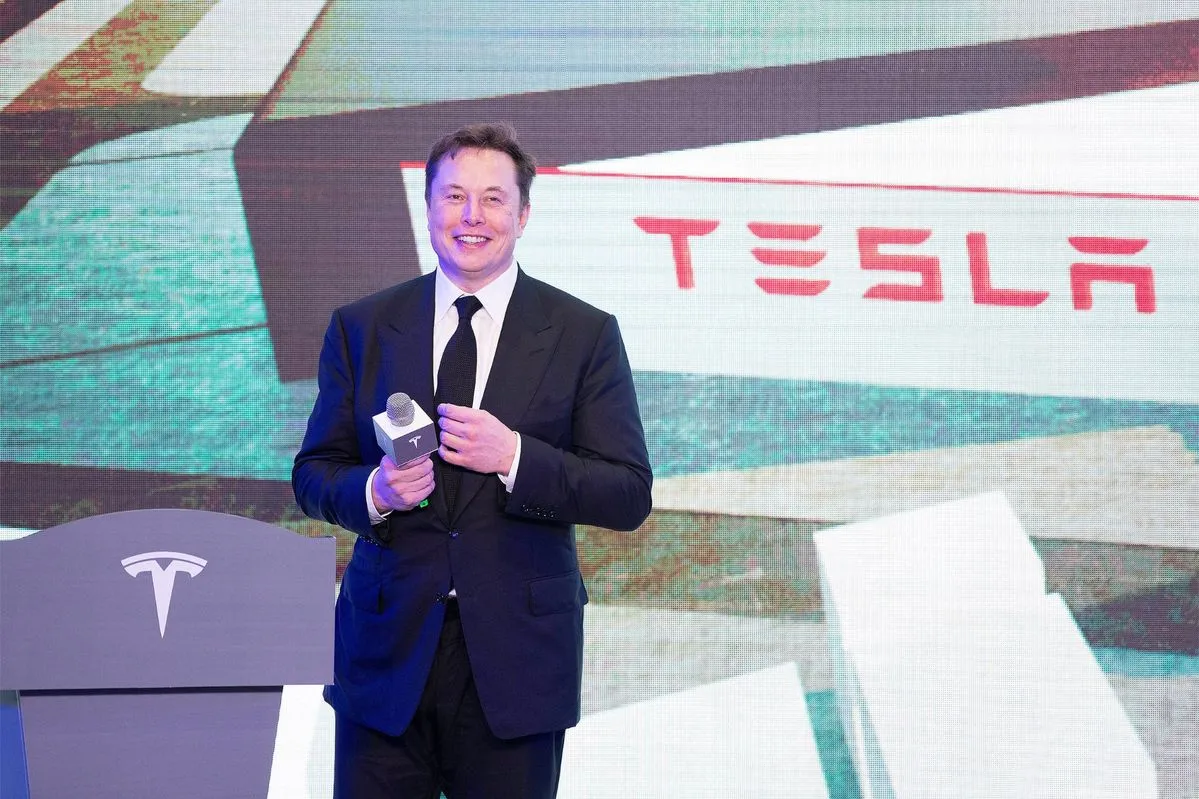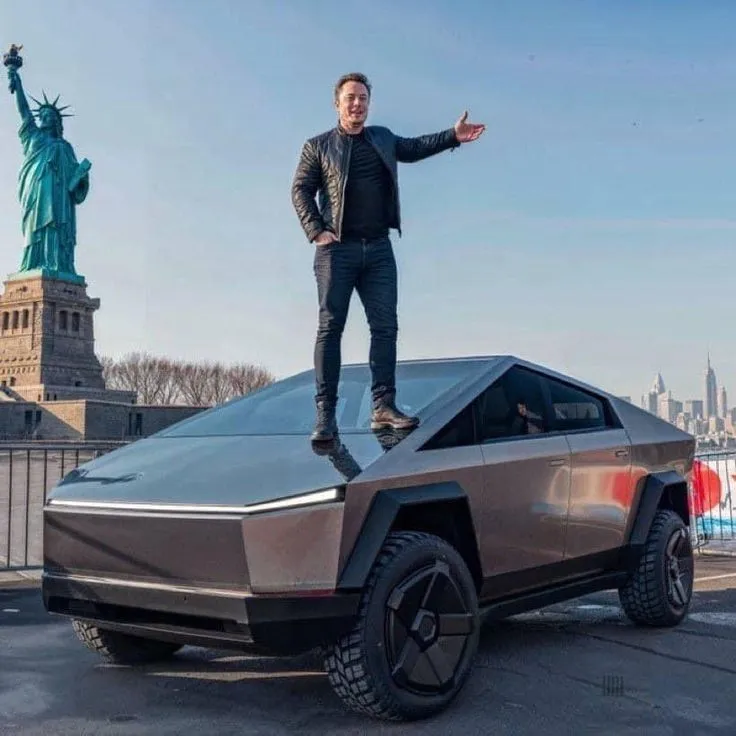

Tesla Just Got a Grim Update: How Will Elon Musk Respond?
Tesla, the pioneering electric vehicle manufacturer led by Elon Musk, has been the driving force behind the global EV revolution. For over a decade, Tesla has dominated headlines with its cutting-edge technology, bold innovations, and aggressive expansion plans. However, the company has just received a grim update that could reshape the future of the electric vehicle market. This news has sent shockwaves through the industry, leaving analysts and investors questioning what comes next.
This article explores the details of the update, why it matters for Tesla’s long-term strategy, and how Elon Musk might respond to maintain Tesla’s leadership in the EV industry.
What Is the Grim Update for Tesla?
The latest update is alarming for both Tesla’s investors and fans. The company reported lower-than-expected vehicle deliveries for Q3 2025, signaling potential demand issues. While Tesla has experienced ups and downs before, this dip comes amid growing global competition and shifting consumer preferences.
Several key issues contribute to the grim outlook:
-
Sluggish demand in key markets like North America and Europe
-
Rising competition from Chinese EV giants such as BYD and NIO
-
Declining profit margins due to repeated price cuts across Tesla’s lineup
-
Production challenges delaying the highly anticipated Cybertruck
-
Stock market volatility, with Tesla shares underperforming in recent weeks
This combination of factors has led analysts to question whether Tesla can sustain its rapid growth and maintain its premium image while competing on price.

Why This Update Matters for Tesla’s Future
Tesla’s success has been built on a reputation for innovation, speed, and profitability. Investors have valued Tesla not just as a car company but as a technology powerhouse. Any sign of weakness—especially in delivery numbers—can trigger concerns about long-term viability.
In recent years, Tesla’s valuation relied heavily on expectations of continued growth, global dominance, and pioneering technologies like Full Self-Driving (FSD). A slowdown in sales could undermine these assumptions, forcing Tesla to adjust strategies dramatically.
If the company fails to address these challenges, it risks losing its leadership position in the EV space, a market that is becoming increasingly competitive and cost-driven.
How the EV Market Is Changing
The electric vehicle industry has transformed rapidly since Tesla launched the Model S more than a decade ago. Back then, Tesla had almost no serious competition. Today, the market is flooded with options from both traditional automakers and EV startups.
Chinese EV manufacturers have emerged as Tesla’s biggest rivals. Companies like BYD, NIO, and XPeng now produce electric cars that rival Tesla in technology, design, and affordability. BYD, in particular, has surpassed Tesla in global EV sales, challenging its dominance.
The result? Price wars and shrinking profit margins. Tesla has responded by slashing prices multiple times, but this strategy has consequences, including a decline in profitability and potential brand dilution.
Elon Musk’s Possible Responses to the Grim Update
Elon Musk has faced crises before and often turned them into opportunities. When Tesla was on the verge of bankruptcy in 2018, Musk pushed through aggressive measures that saved the company. So how might he respond this time?
1. Accelerating Affordable Tesla Models
Musk has long promised an affordable Tesla priced around $25,000, which could dramatically expand Tesla’s customer base. Accelerating the development and launch of this model might be Musk’s strongest move to regain momentum.
2. Doubling Down on Autonomous Driving
Tesla’s Full Self-Driving (FSD) software is one of its most valuable assets. Enhancing FSD and proving its superiority over rivals could reinforce Tesla’s image as a tech leader rather than just an automaker.
3. Expanding Gigafactories Globally
Tesla’s manufacturing strength lies in its gigafactories. Musk may speed up construction in strategic markets like India and Southeast Asia to lower production costs and increase supply in high-growth regions.
4. Diversifying Beyond Cars
Musk could shift focus to Tesla Energy products, such as Powerwall and Megapack, and even branch into robotics. These segments could provide new revenue streams and reduce Tesla’s dependence on car sales.
5. Strategic Partnerships and AI Integration
As AI becomes critical in autonomous driving, Tesla may form alliances with AI companies or develop new in-house AI solutions to outpace competitors in both safety and convenience.

Tesla’s Stock Market Reaction
The news of the grim update has already impacted Tesla’s stock price, with shares dipping amid concerns about growth and profitability. Analysts remain divided: some see this as a temporary setback, while others believe it signals the beginning of a more competitive, low-margin EV market that Tesla must adapt to.
Historically, Tesla stock has been volatile, often swinging based on Musk’s announcements or quarterly results. A bold move—such as unveiling a breakthrough technology or launching a highly anticipated product—could quickly reverse investor sentiment.
The Growing Threat from Chinese EV Giants
Tesla’s most immediate challenge comes from China, the world’s largest EV market. Companies like BYD offer electric vehicles at significantly lower prices without compromising on quality. BYD’s ability to scale production at lower costs gives it a major advantage over Tesla, which still positions itself as a premium brand.
To compete effectively, Tesla may need to localize production further, reduce costs, and introduce region-specific models. Failure to do so could mean losing valuable market share in Asia.
The Role of Cybertruck and Future Models
The Cybertruck, Tesla’s futuristic pickup, was expected to create massive buzz and drive sales. However, repeated production delays have frustrated customers and analysts alike. If Tesla can successfully roll out the Cybertruck and other new models like the next-generation Roadster, it could regain momentum.
But time is critical. The longer Tesla delays, the more competitors launch alternatives in the same segments.
How Will Consumers Be Affected?
For EV buyers, this update might actually bring benefits. Tesla’s price reductions mean more affordable electric cars, which could accelerate EV adoption. However, it also raises questions about resale value, software reliability, and after-sales support as Tesla navigates cost pressures.
Elon Musk’s Track Record in Crisis Management
Elon Musk has a reputation for making bold and unexpected moves during crises. Whether it’s launching a new product line, announcing a radical technological breakthrough, or revealing an ambitious long-term plan, Musk understands the power of big moves to shift public perception.
Some potential strategies Musk could reveal soon include:
-
Launching a mass-market EV priced under $25,000
-
Announcing FSD Level 5 autonomy by 2026
-
Expanding into AI-driven robotics and energy services
-
Introducing Tesla ride-hailing networks powered by autonomous cars
Any of these initiatives could reignite investor excitement and strengthen Tesla’s position.
The Future of Tesla in a Competitive EV World
The electric vehicle market is no longer a niche—it’s mainstream. Every major automaker is investing billions in electrification. While Tesla remains a leader, its dominance is no longer guaranteed. To maintain its edge, the company must innovate faster, cut costs, and diversify revenue streams.
The next 12 to 18 months will be crucial. If Tesla can stabilize delivery numbers, launch new models, and maintain software leadership, it will remain a powerful force. If not, it risks becoming just another player in a crowded EV market.
Final Thoughts
The grim update for Tesla is a wake-up call for Elon Musk and his team. While challenges like declining deliveries, intense competition, and margin pressures are serious, Tesla’s history suggests resilience and adaptability. With bold moves, strategic innovation, and relentless execution, Tesla can still shape the future of mobility.
The world is watching—and so are Tesla’s competitors. The next chapter will determine whether Tesla stays at the top of the EV world or becomes another cautionary tale in the fast-changing automotive industry.


















